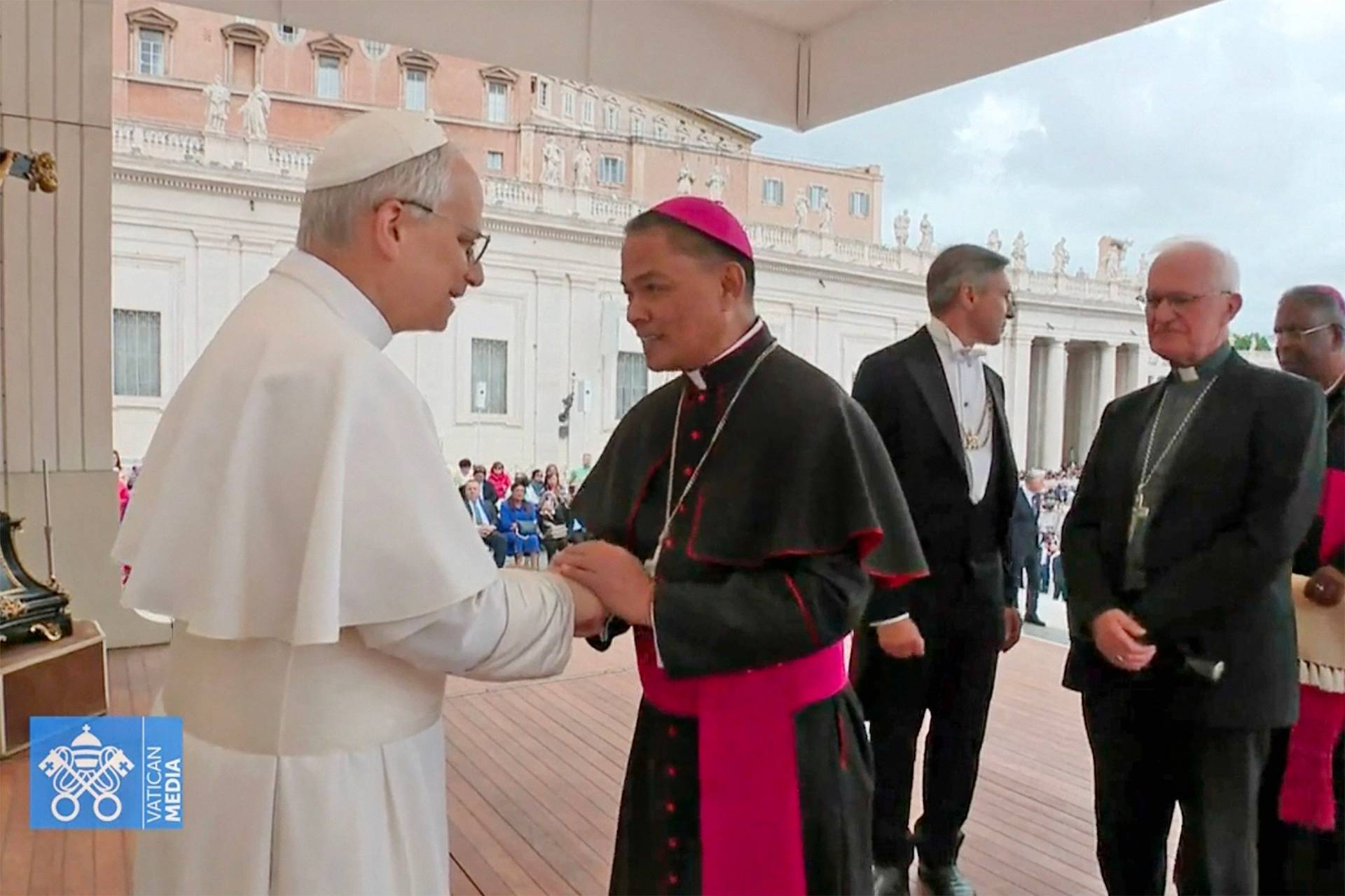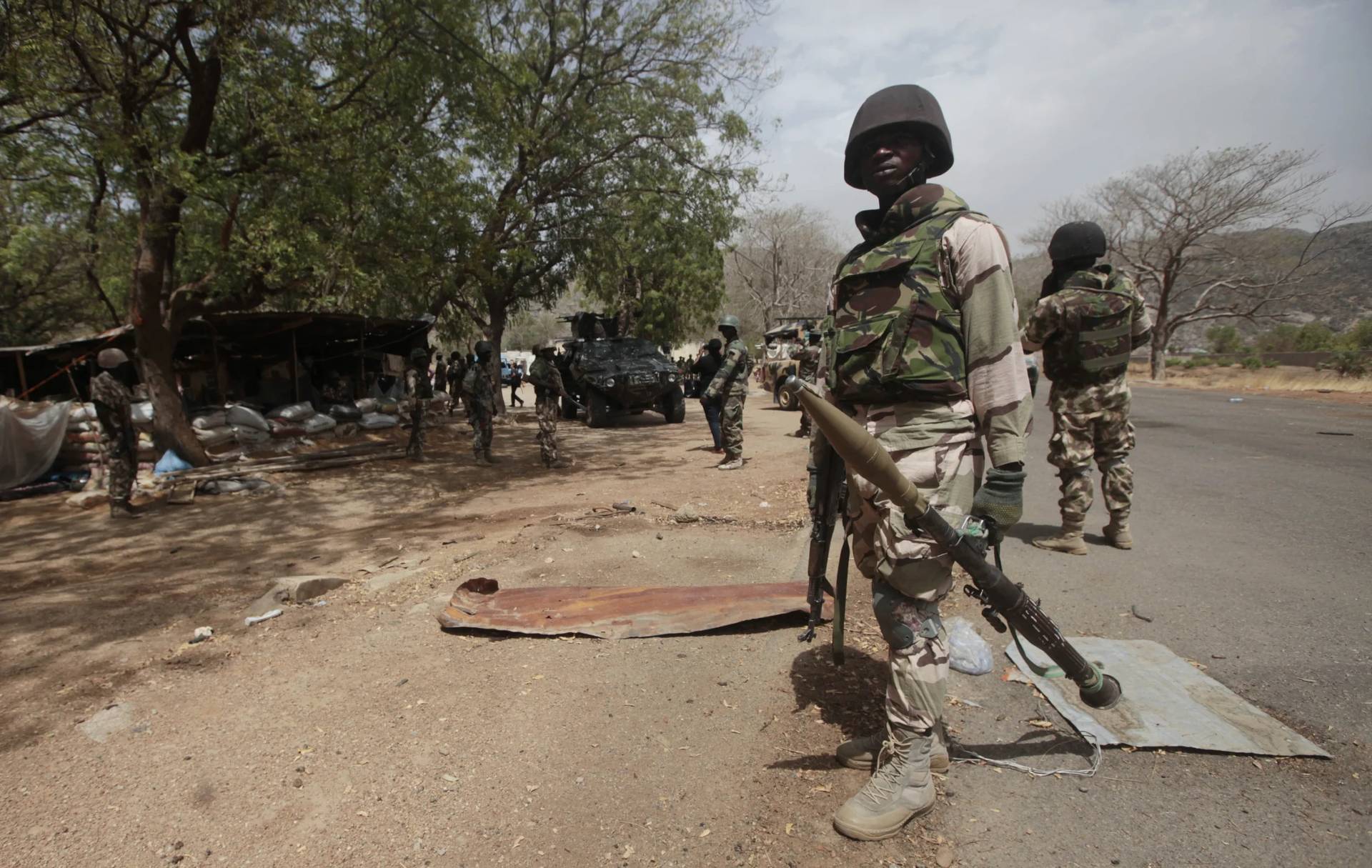ROME – A genuine crisis – not a self-invented melodrama, but an honest-to-God existential threat – is a funny thing, in that often it produces wildly contrasting effects in people. Among some it can generate burning anger and resentment, in others confusion and despair, and in still others only shrugs and ennui.
There’s yet another possibility, however – that in some subset of the population, a crisis will induce a deep hunger for reform, a tighter focus on the essentials, and a strong drive to get things right.
According to faculty and students at Rome’s Pontifical North American College, the seminary for future U.S. priests in the Eternal City, that last effect is strikingly common among today’s seminary cohort. If true, it suggests the tantalizing possibility that the horrors of the clerical sexual abuse crisis may, against all odds, result in a stronger generation of priests down the line – or, at the very least, a generation clearer about what’s at stake.
“None of us would have asked for this scandal and the hurt it’s caused,” said Father Peter Harman, a priest of Springfield, Ill., and rector of the NAC since 2016. “But perhaps, and I trust in God’s goodness, if this makes us want to be priests for the right reasons, then let it be.”
Father Louis Masi, a 28-year-old student priest from New York, said part of those “right reasons” today is a drive to be part of the solution rather than the problem.
Masi told Crux he’s been struck that young people attracted to the priesthood and religious life today “have a desire to be part of a generation that will be a sign of hope, a sign of holiness and light in the Church.”
“Though everything going on in the Church is having a profound effect on them, in many ways it’s an even greater affirmation of their call because they realize that if they have this desire in their heart even in the midst of everything, what they’re responding to isn’t just an idea of their own or something presented to them, but something truly coming from God,” he said.
Harman and three seminarians at the NAC spoke to Crux in late April, in part over lunch on a day when two newly-ordained deacons, the penultimate stage in their formation before the priesthood, had just come back from the States and were being welcomed back to the house. The roars that went up in the refectory when their return was announced spoke volumes about the esprit de corps the place tends to foster.
The NAC, with a student population at the moment of 212, may be referred only half-jokingly to as the “West Point of the American Church,” but it strives mightily to combat any sense of elitism or superiority. That’s probably especially important in the Pope Francis era, when “clericalism,” meaning the notion that clergy should enjoy privilege or exalted status, is taboo.
Yet try as they might to foster a proper humility, there’s no avoiding the fact that the NAC does tend to get the best and the brightest of every generation’s crop of American seminarians – which means it’s a good place to gauge what the most motivated, and the most reflective, future Church leaders in the country are thinking and feeling.
Joseph Ferme, a 25-year-old first-year seminarian for the Archdiocese of Boston who grew up on Long Island (giving him the unenviable distinction of being a Yankees fan in Beantown), says no one he knows is in denial about the damage the abuse scandals have caused.
“People [at the NAC] aren’t hiding under rocks or pretending these things don’t exist, that there aren’t struggles in the Church,” he said. “But at the same time, there’s a great joy and a great hope for men who are still looking ahead to the priesthood.”
“They realize what the Church really needs at this time in our history, which is good and holy priests who really take formation seriously,” Ferme said.
Harman acknowledged that since many of his charges are in their mid- to late twenties, functionally they’ve never known a Church not scarred by the abuse crisis – and, he believes, they’ve been forced to go deeper because of it.
“When I came to the NAC in 1995, I was a pretty good seminarian,” he recalled. “I did what I was supposed to do, I got good grades, I was active in the community, and that pretty much got me through.”
“I think these guys have to have a deeper, more personal prayer life meditating on the Lord Jesus and the scripture than I did,” Harman said. “I think they’re really committed to cultivating that in their life. They realize it’s an absolute necessity.”
Harman emphasized that despite the gung-ho spirit, that’s not to say they too aren’t hurt.
“Guys their age, in this generation where authority is already tarnished, this really shook them in terms of who they can look to and who they can trust,” he said, explaining that his strategy is to ask the seminarians to spend less time on blogs and social media and more time examining their own lives and environments, to discern who and what is truly worthy of their trust.
Another part of the approach, Harman said, is to be clear about what’s expected.
“I’ve told the guys that if this is a place where celibacy is spoken of but not demanded, or where the laws of the Church aren’t upheld, then the rector has to go,” he said. “But I’ve also said it’s everybody’s responsibility to live that, and if you don’t take that commitment seriously, then we’ll split the cab fare to Fiumicino.”
Harman estimated that by the time a newly ordained priest leaves the NAC, he will have received roughly 100 hours of training on celibacy and chastity, boundaries and intimacy, and psycho-sexual development, as well as a thorough exposure to the U.S. bishops’s anti-abuse protocols.
“I can say that for all the men I know that they take that seriously,” he said. “They’re aware of what’s at stake.”
It’s been frustrating for Harman to see seminaries and seminary culture so often cited in discussion around the abuse scandals as a causal factor, without, in his mind, acknowledging that whatever happened in the past, things today tend to be vastly different.
Asked about rumors of “homosexual cliques” or a “gay lobby”, for instance, he said it’s basically implausible.
“There’s a lot of good men in this house and in seminaries, and if that were going on in a big way the men themselves wouldn’t tolerate it,” Harman said. “They would say, this isn’t what we want. They’re pretty frank about things they notice that trouble them, so I just don’t see that people are letting this go undetected or unreported.”
Father Colin Jones, a 27-year-old student priest from the Archdiocese of Minneapolis-St. Paul, a place especially hard-hit by the scandals, acknowledged that it’s stung.
“It hurts a lot to have these mentors, these father figures, brought low in this way,” he said, and he insisted there are still questions to be answered before the “closure everyone wants” will be possible.
Jones too, however, emphasized that the answer lies in getting back to the roots.
“My spiritual director helped a lot,” he said. “He forced me to ask, ‘What is the priesthood? Who is it focused on?’ It’s not this teacher or my archbishop or these priests I look up to, it’s Jesus.”
When Ferme surveys the landscape, he actually sees fire beneath the ash of the scandals.
“Given where the Church is now, people really need to see someone give everything to the Church, their very lives, because they believe in this and they’re willing to do it, not just for the Church herself but for all of her members,” he said.
“In that sense,” he said, clearly aware of the irony of what he was about to say, “this is a great time to be in the Church.”














